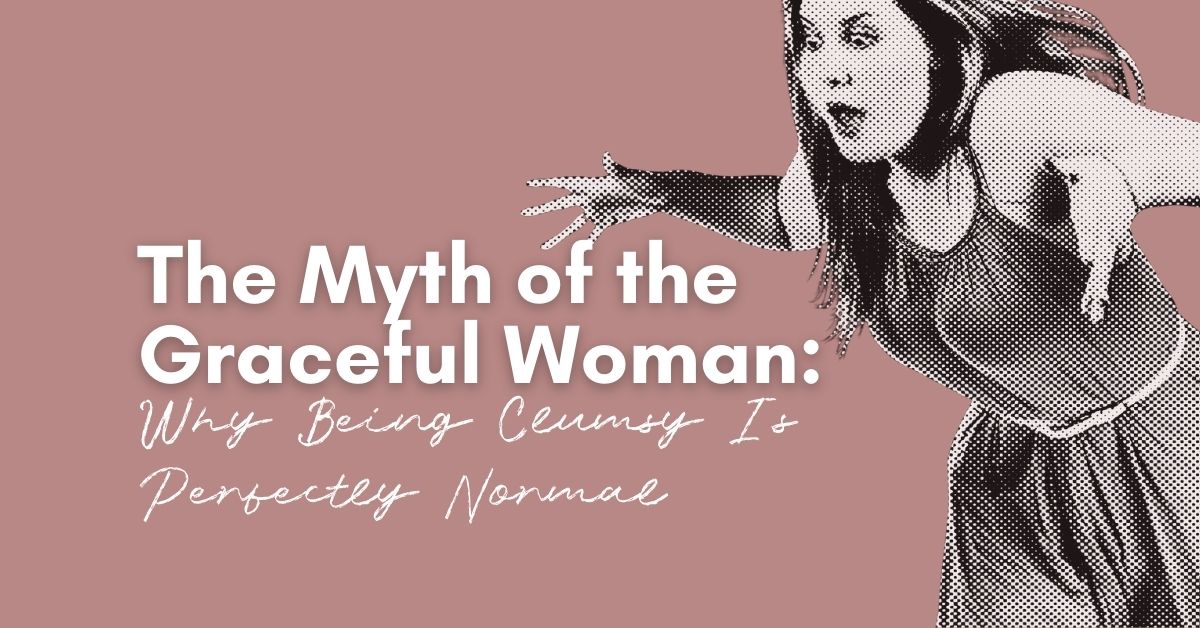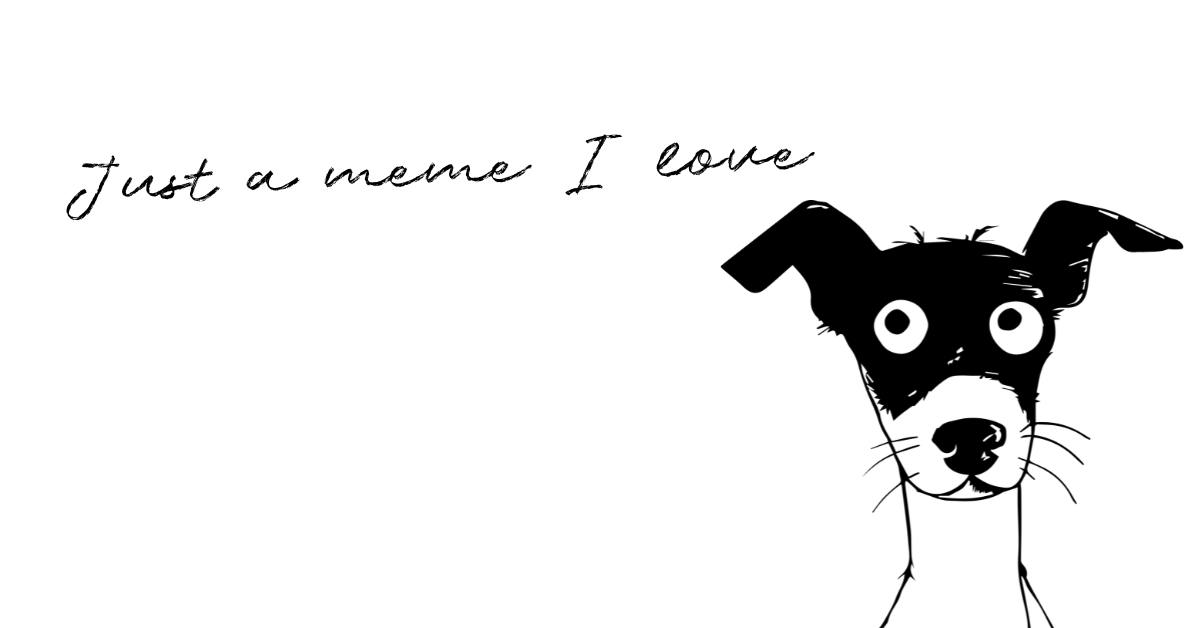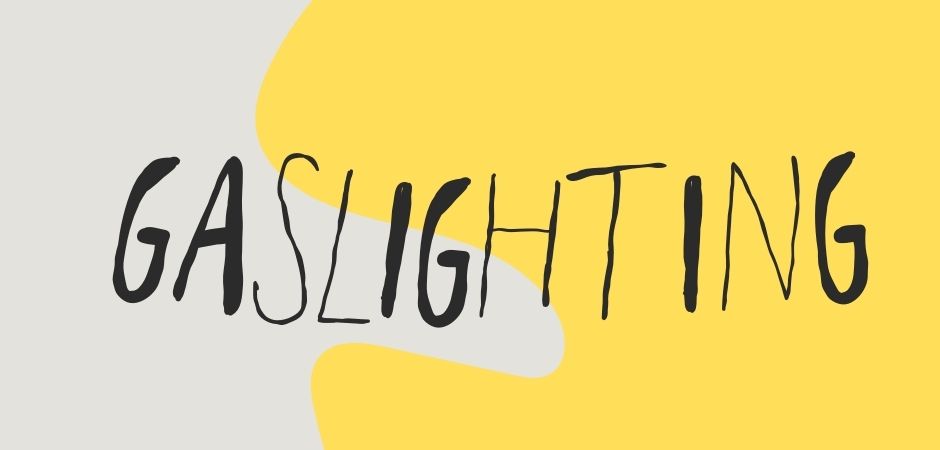Healing isn’t a neat, Pinterest-worthy process. It’s messy, unpredictable, and at times it feels like you’re going backwards. You think you’re doing better, then boom—something knocks the wind out of you, and you’re right back in that heavy place. No one really talks about that part.
There’s this glossy narrative floating around about “overcoming trauma”—as if healing is just a matter of ticking a few boxes, drinking green juice, lighting a candle, and suddenly you’re whole again. But in reality, healing is gritty work. It’s slow and it’s quiet and most of it happens behind closed doors, in the dark corners of the soul where nobody claps for you.
For me, the hardest part has been the loneliness. Even when you’re surrounded by people who care, no one else can actually crawl inside your skin and do the work for you. And when the people around you don’t quite get it—or worse, think you should be over it by now—it can make you feel even more alone. It’s not just about processing pain; it’s grieving the version of you that never got to exist. The version that didn’t get hurt. The version that felt safe in the world.
Trauma changes you. That’s not a failure—it’s just a fact. And coming to terms with that truth is its own kind of heartbreak.
And then there’s the body—oh, the body keeps score whether we want it to or not. Trauma doesn’t just live in your memories; it takes up residence in your muscles, your immune system, your sleep, your skin, your everything. I developed Multiple Sclerosis, and I believe my body finally said, “Enough.” Years of tension, unprocessed fear, self-betrayal… it adds up.
There’s also this strange guilt that creeps in when healing doesn’t follow the tidy timeline society seems to expect. We’re conditioned to believe that recovery should be linear—fast, visible, “productive.” But healing doesn’t care about your calendar. Some days you’re meditating and eating your veggies, and other days you’re crying in your car and ghosting everyone. Both days count.
And then there are the triggers—the tiny landmines that can blow a hole in your progress without warning. A smell, a song, a stupid Facebook memory. Suddenly, you’re not here anymore—you’re there, again. It’s jarring. But here’s the thing: being triggered isn’t proof you’ve failed. It’s proof you’re still healing. It’s part of learning how to live with what happened without letting it define you.
One of the strangest side effects of healing is that you might outgrow people. As you start setting boundaries and prioritising your peace, some relationships fall apart. It hurts—especially when those people once felt like your home—but it’s a necessary kind of grief. Not everyone is meant to walk with you through your healing. Some were only ever there to survive the storm, not rebuild after it.
And then there’s the fear of feeling too much. When you finally let yourself feel, it can feel like opening a floodgate. Anger, sadness, shame, rage—all the things you’ve tried so hard to outrun come rushing in. It’s overwhelming, yes. But it’s also where the magic begins. Because the only way out is through. Feeling doesn’t mean you’re falling apart—it means you’re finally listening.
Truth is, healing doesn’t mean going back to who you were before the trauma. That version of you is gone. But that doesn’t mean you’re broken. It just means you’re building someone new—someone wiser, stronger, more self-aware. Someone with roots, not just wounds.
Relearning how to trust yourself after trauma is no small feat. But it’s possible. With time, with gentleness, with truth. And maybe that’s the most powerful part of healing—not the big, dramatic breakthroughs, but the quiet decision to keep going. To get up, again and again, even when it’s hard. Especially when it’s hard.
So if you’re in the thick of it, please know: you’re not doing it wrong. It’s just that healing is hard. And you’re doing it anyway. That’s the victory.




